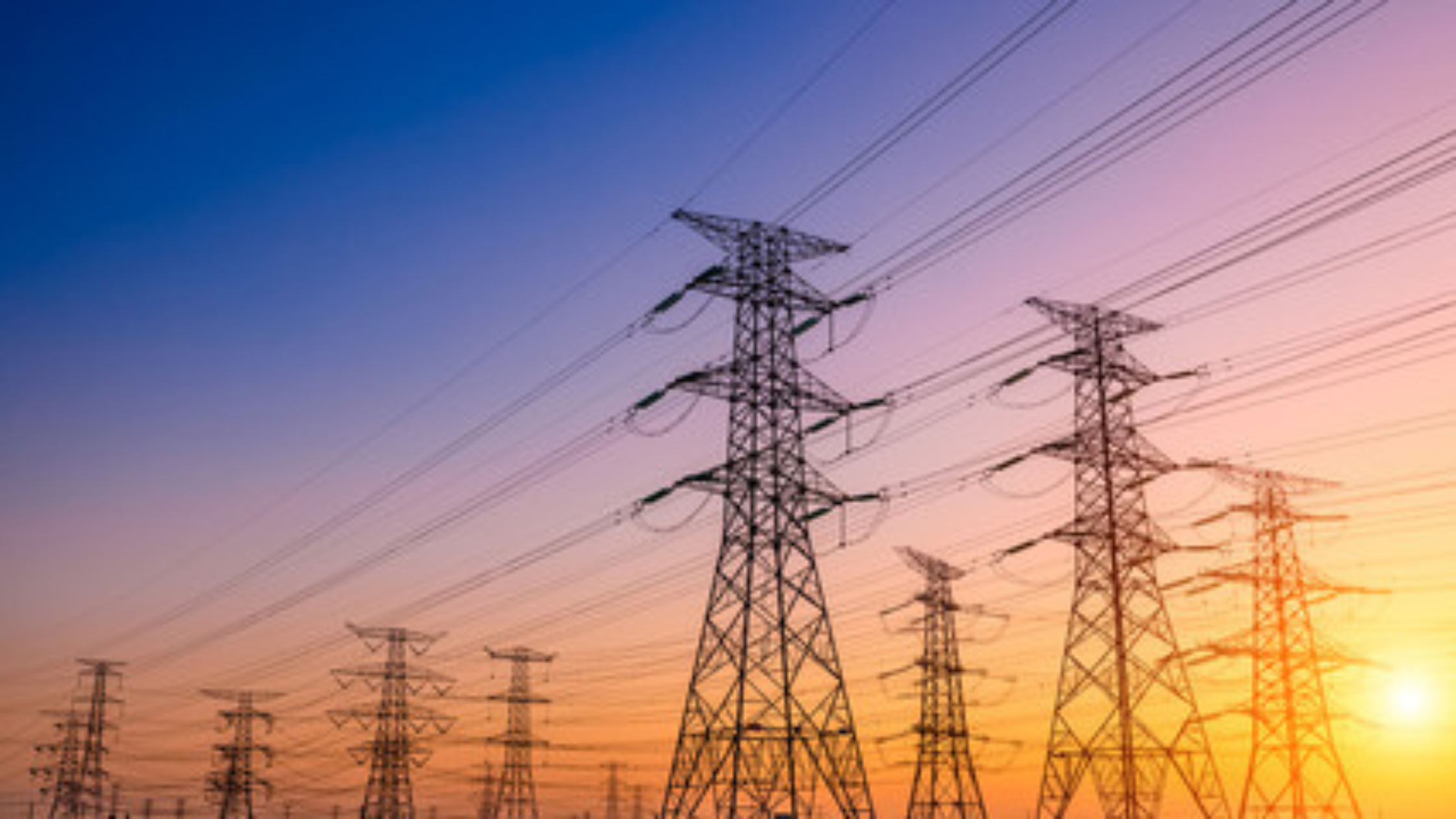In this comprehensive look at do space heaters use a lot of electricity, find the truth about energy usage, costs, and efficiency tips.

Do space heaters use a lot of electricity? When the chill of winter settles in, many of us turn to space heaters to keep our homes warm and cozy. However, with the increasing focus on energy consumption and its environmental impact, it is crucial to understand the electricity usage of space heaters.
If you’ve ever wondered, “Do space heaters use a lot of electricity?” you’re in the right place. In this blog post, we will provide you with expert advice and comprehensive insights to help you make informed decisions about using space heaters while minimizing your energy consumption and costs.
Understanding Space Heater Electricity Usage
Space heaters are a popular choice for heating small areas, such as individual rooms or offices. However, it’s essential to be mindful of their electricity usage. Let’s dive into how it all works.
How Space Heaters Generate Heat
Space heaters are usually powered by electricity and use various heating elements to generate warmth. The most common types of space heaters include convection heaters, radiant heaters, and fan-forced heaters. Each type operates differently, affecting their energy consumption.
Factors Influencing Electricity Consumption
Several factors determine the amount of electricity a space heater consumes:
- Heat Output: Space heaters with higher wattage typically produce more heat and consume more electricity.
- Thermostat Settings: The temperature selected on the thermostat will impact how often the heater runs and for how long.
- Insulation and Room Size: Well-insulated rooms and smaller spaces require less energy to heat than larger, poorly insulated areas.
- Duration of Use: The more hours a space heater runs, the more electricity it will consume.
Calculating Space Heater Energy Consumption
To get a better understanding of your space heater’s electricity consumption, it’s helpful to calculate its energy usage. Here’s how you can do it:
1. Determine the Wattage
Look for the wattage information on the space heater or its packaging. Most heaters range from 500 to 1,500 watts. Higher wattage equals higher energy consumption.
2. Calculate Hourly Energy Consumption
Multiply the wattage by the number of hours the space heater operates daily. For example, a 1,500-watt heater running for three hours will consume 4,500 watt-hours, or 4.5 kilowatt-hours (kWh) per day.
3. Estimate Monthly Energy Usage
Multiply the daily energy consumption (in kWh) by the number of days the heater is in use each month. This will give you a rough estimate of your monthly energy usage for the space heater.
It’s important to note that these calculations provide an approximation, as actual consumption may vary depending on the heater’s efficiency and real-world operating conditions.
Comparing Space Heater Energy Consumption
Understanding how space heaters stack up against other heating alternatives can help you make well-informed choices. Let’s compare space heaters with central heating and other heating methods:
Space Heaters vs. Central Heating
In terms of energy consumption, space heaters generally use more electricity than central heating systems. Central heating distributes heat throughout an entire house, which can be more efficient when compared to heating individual rooms with space heaters. However, using space heaters in well-insulated individual rooms instead of heating the whole house can lead to reduced energy consumption.
Space Heaters vs. Other Portable Heating Methods
Compared to other portable heating methods such as gas-powered heaters or kerosene heaters, space heaters powered by electricity are generally more energy-efficient. Gas or kerosene heaters consume fuel directly, while electric space heaters convert nearly all input energy into heat, making them a cleaner and more efficient choice.
Tips for Efficient Space Heater Usage
Now that we have a better understanding of space heater electricity consumption, here are some expert tips to help you maximize their efficiency:
1. Set the Thermostat Mindfully
To conserve energy, use the thermostat wisely. Set it to the lowest comfortable temperature, avoiding unnecessarily high settings. Each degree you lower the thermostat can result in noticeable energy savings.
2. Use Timers or Programmable Thermostats
Opt for space heaters with built-in timers or programmable thermostats. These features allow you to schedule heating cycles, ensuring the heater operates only when needed. This helps reduce energy waste when the heater is not required, such as during the night or when no one is at home.
3. Proper Insulation and Weatherstripping
Ensure your room is adequately insulated and sealed to prevent heat loss. Proper insulation and weatherstripping can significantly minimize energy consumption by reducing the need for space heaters to compensate for cold drafts.
4. Consider Zone Heating
Instead of heating the entire house, focus on individual rooms or zones using space heaters. This method enables you to direct heat to occupied areas while turning off central heating in unused spaces, leading to energy savings.
5. Regular Maintenance and Upgrades
Keep your space heater in optimal condition by performing regular maintenance checks. Clean the filters, check for any malfunctioning components, and consider upgrading to energy-efficient models when needed. Newer models often come with improved energy-saving features.
Conclusion on “Do space heaters use a lot of electricity?”
In conclusion, space heaters do use electricity, but their energy consumption can be managed effectively with the right strategies.
By understanding the factors influencing electricity usage, calculating energy consumption, and applying efficiency tips, you can maximize the warmth while minimizing your environmental impact and energy costs.
Remember to choose the appropriate space heater for your needs, consider insulation, and be mindful of your thermostat settings. Stay cozy and energy-efficient this winter!